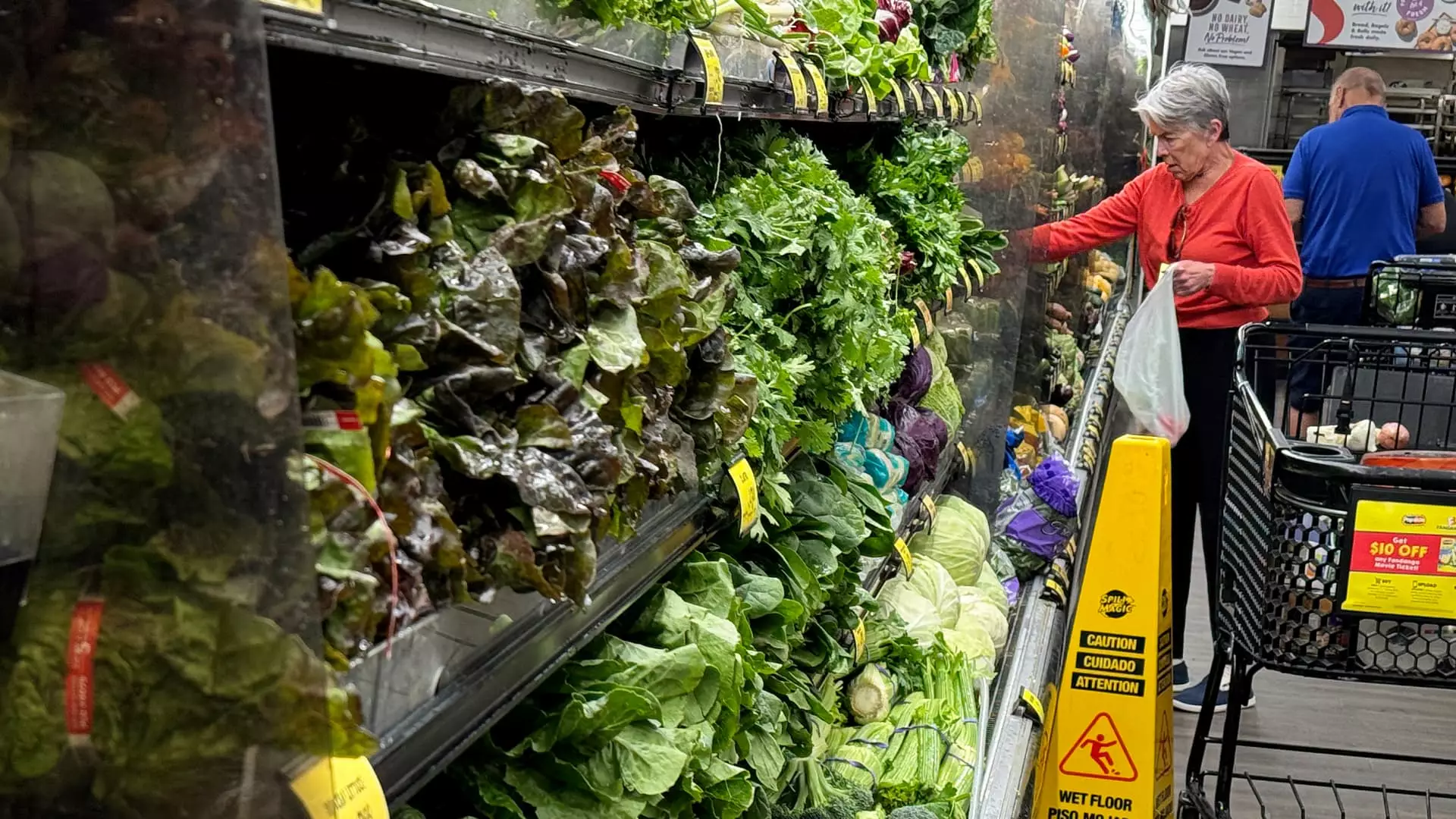Inflation rates in July 2023 continued to decline, with the consumer price index (CPI) rising by 2.9% from a year ago, as reported by the U.S. Department of Labor. This reflects a decrease from the 3% inflation rate in June and marks the lowest reading since March 2021. The CPI serves as a crucial indicator of inflation trends in the U.S. economy, encompassing a wide range of goods and services such as food, energy, new and used cars, and household appliances.
According to Mark Zandi, chief economist at Moody’s, the latest CPI report aligns closely with expectations. He highlighted the slow growth in inflation for groceries as a positive development for consumers, particularly those with lower incomes who are more vulnerable to price fluctuations. Zandi also emphasized the encouraging news surrounding gasoline prices and market rents for new tenants. These factors contribute to an overall sense of optimism, suggesting that the worst of the inflationary pressures may be behind us.
The Federal Reserve relies on inflation data to inform its decisions on interest rates. During the Covid-19 pandemic, the Fed raised rates to their highest level in 23 years in an effort to curb inflation. However, the recent easing of inflation coupled with softer labor market conditions may prompt the Fed to consider lowering interest rates at its upcoming policy meeting in September. This move is aimed at reducing borrowing costs and supporting economic growth.
One of the major factors keeping inflation above the Fed’s target is housing costs, which make up a significant portion of the CPI. Shelter inflation has risen by 5.1% since July 2023, accounting for a substantial portion of the overall increase in the core CPI. While housing inflation has slowed in recent months, it remains a key driver of inflationary pressures. Excluding shelter costs, the CPI rose by 1.7% in July, below the Fed’s target rate.
Various sectors have experienced notable price increases over the past year, including motor vehicle insurance, medical care, personal care, and recreation. The surge in new and used car prices from previous years has contributed to inflation in car insurance premiums and vehicle repair costs. However, economists expect these inflationary pressures to ease as car prices decline. Additionally, food categories such as eggs, bacon, and crackers have seen price fluctuations, with the overall grocery inflation rate dropping from its peak in 2022.
The Covid-19 pandemic had a profound impact on inflation trends, disrupting supply chains and altering consumer spending patterns. While goods inflation has stabilized in the post-pandemic period, the services sector continues to face challenges. Services inflation, which is more sensitive to labor costs, is expected to decrease as the job market softens and wage growth slows. High interest rates have also played a role in curbing inflation by dampening demand in the economy.
The latest inflation data for July 2023 provides valuable insights into the state of the U.S. economy. While there are positive signs of easing inflationary pressures, particularly in essential categories like groceries and energy, challenges remain in sectors such as housing and services. The upcoming decisions by the Federal Reserve on interest rates will play a critical role in shaping the trajectory of inflation and economic growth in the months ahead.


Leave a Reply